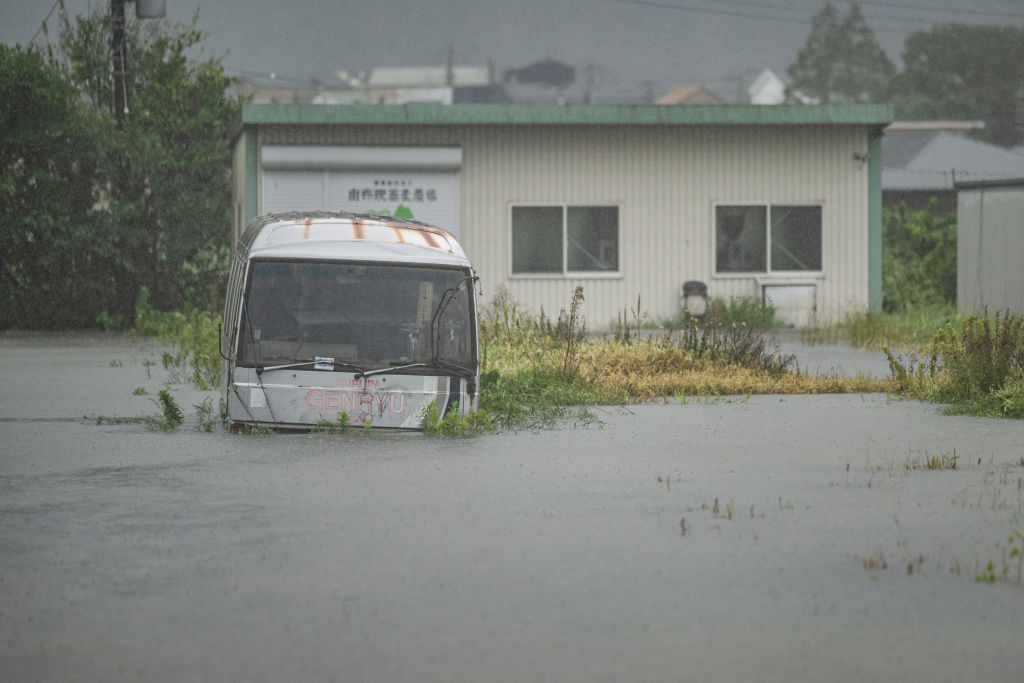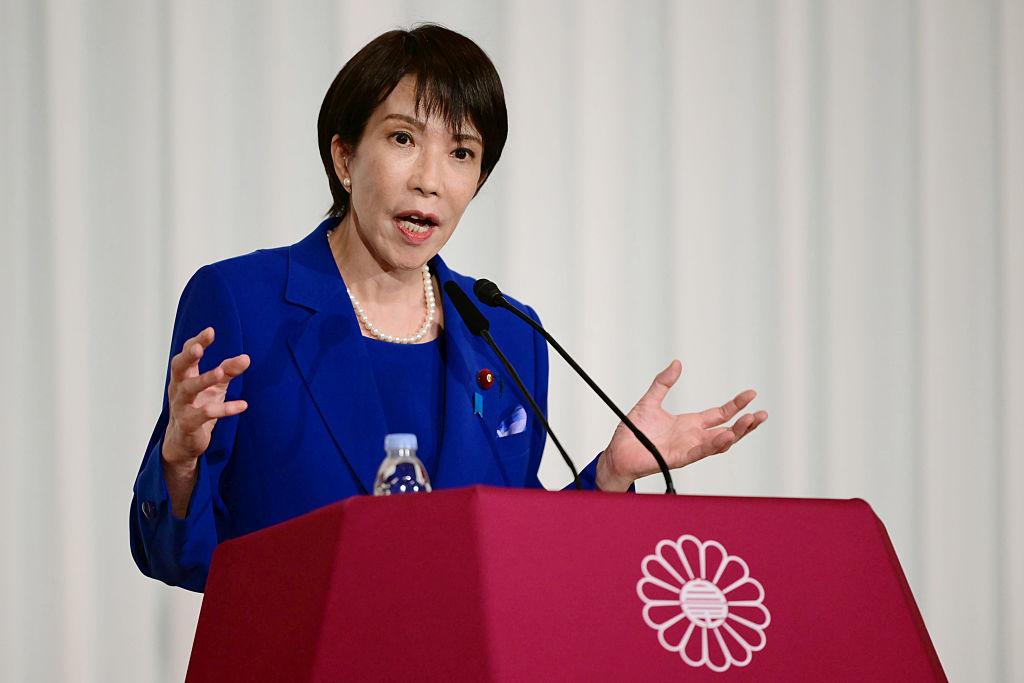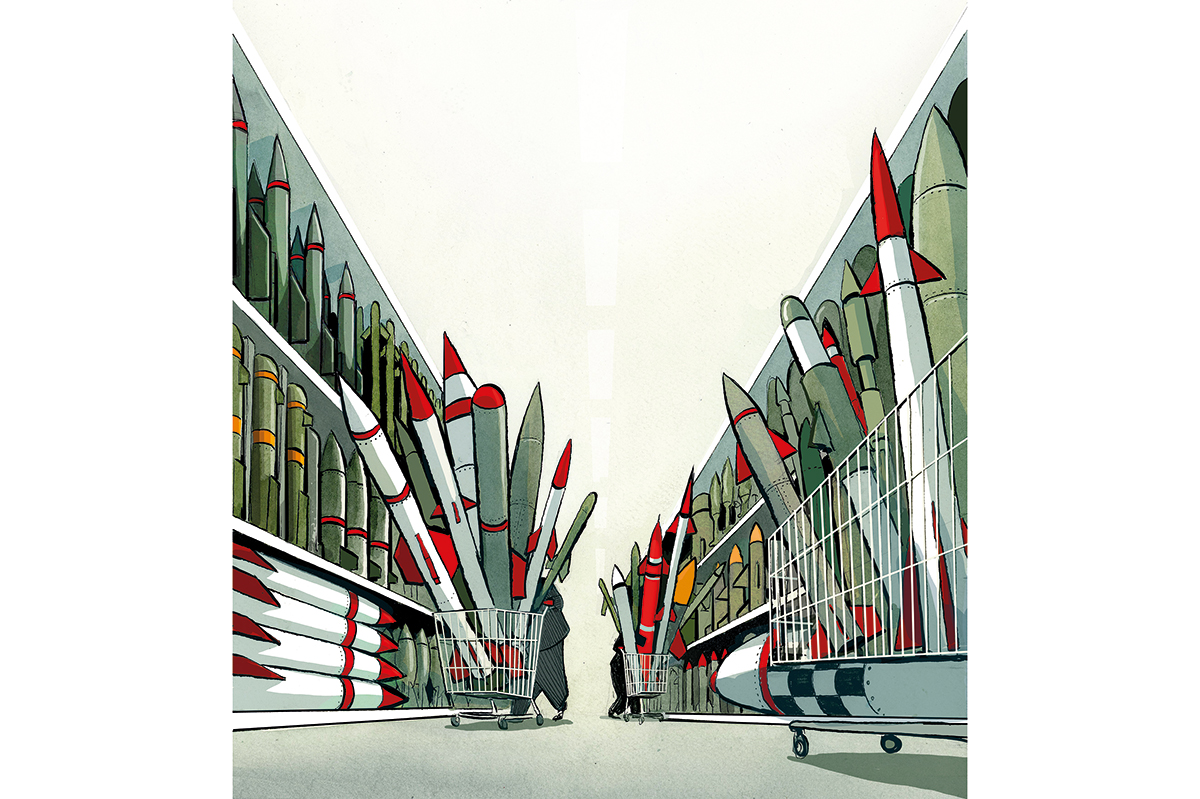The Japanese are battening down the hatches — again — as Typhoon Shanshan wreaks devastation to the southwest of the country, with worse, possibly much worse, to come for the rest of us further north. Millions of people have been told to flee their homes in the face of what officials are calling one of the strongest storms ever to hit the region. Shanshan may even prove to one of the strongest typhoons in Japanese history — which is some boast.
It is shaping up to be something close to the perfect storm in terms of its power and unpredictability
Four people have died so far with ninety-four injured, but those figures will increase greatly as the hours pass. An ultra-rare “special warning” has been issued in some regions by the meteorological agency. The typhoon is currently centered on the southern island of Kysuhu — it hit the city of Nagasaki on Thursday — but it is expected to migrate. Floods and landslides (the cause of three of the four deaths so far) are a distinct possibility in the days ahead.
Some of the statistics are mind-boggling: 5.2 million people have been issued with evacuation orders across the country (that’s roughly the population of Scotland) and 230,000 people were without power this morning according to the chief cabinet secretary Yoshimasa Hayashi. Gusts of wind have been measured at 157mph, which is double the threshold to qualify as a hurricane. Seven hundred millimeters of rain is forecast to fall in the next few days in some areas.
Needless to say, public transport has been brought to a virtual standstill in the worst affected areas with hundreds of flights canceled and thousands of train services suspended — even the virtually indestructible Shinkansen. There has been a considerable impact on industry: Toyota have closed all their domestic plants with Nissan and Honda following suit with temporary suspensions. We can expect much more of both in the days ahead.
This is the second major typhoon to hit us this year in Japan after Typhoon Ampil in April, which caused evacuations and blackouts. And it’s the third major natural disaster after the earthquake in the Noto peninsula at New Year — which I clearly recall giving me a fright as the top floor of the department store I was in in Tokyo (350 miles away) lurched disturbingly. The Noto quake killed 339 and made thousands homeless. The reconstruction of the region, with its estimated 115,000 upended or pulverized buildings, will take years.
We probably won’t reach a similar death toll with Shanshan — management of the havoc caused by typhoons has improved immeasurably in Japan — but it is shaping up to be something close to the perfect storm in terms of its power and unpredictability. The typhoon is now forecast to move north to the regions of Shikoku or Kinki, including Osaka. But it’s a slow-moving typhoon, which makes it very hard to track, making these just best guesses. There are apparently a wide range of possibilities.
It might seem inappropriate to reflect on anything positive from all this, but it always strikes me at times like these how natural disasters show Japan at its best. Nobody really complains while they are occurring, or hysterically laments the devastation wrought. There is no panic. The response is measured and mature.
Natural disasters have the effect of embedding and renewing the famed Japanese stoicism, best summarised by the universally admired quality of endurance, gaman. A healthy respect for nature and an awareness of its lethality is reinforced which surely contributes to the general humbleness of the Japanese people, and reinforces social cohesion (no one is special, no one is entirely safe). And it also adds, perhaps, to their quiet patriotism: being a regular witness to the beautiful country being regularly battered, and playing a part in its protection and restoration, is in a way inspiring and character building.
Indeed, the Japanese are probably the best prepared, at least mentally, for events such as these as anyone in the world. Along with their habitual nature (I’ve experienced probably a hundred or so typhoons), arguably all of Japanese life, from the hellish daily commute, to the long hours and short holidays, the small apartments, rigid etiquette, and deeply ingrained culture of fatalism (sho ga nai — it can’t be helped — is an essential Japanese phrase) could be seen as a form of training for the worst.
Just as when Japan has a sporting or cultural success overseas the response back home is surprisingly mild (no street parties for gold medal-winning Olympians for example). So when disaster strikes, the reaction is remarkably sanguine and almost entirely practical.
This article was originally published on The Spectator’s UK website.


























Leave a Reply